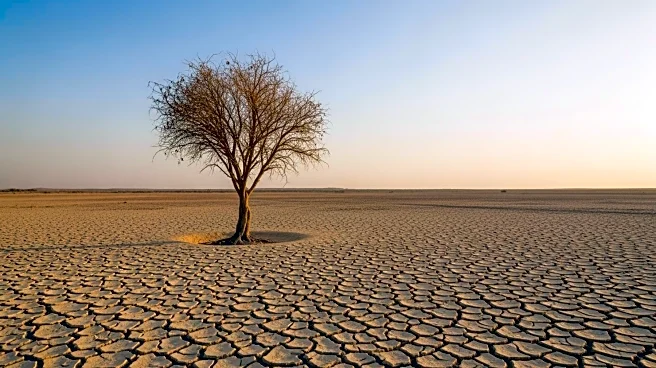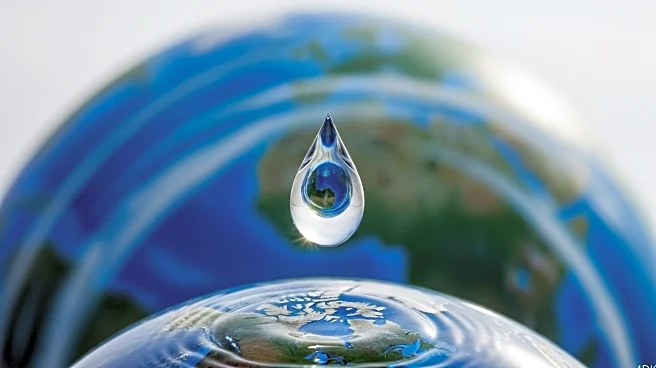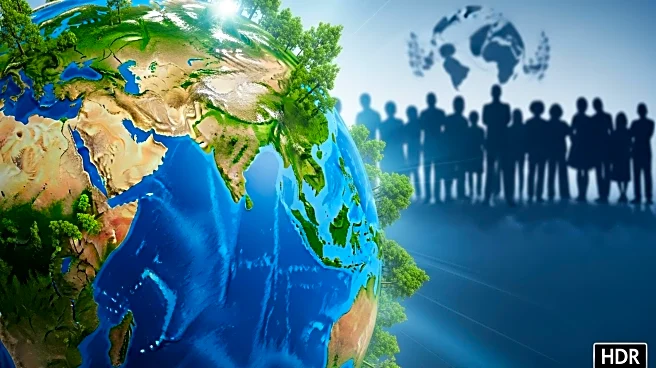What's Happening?
A study published in Nature Communications projects that by 2100, 74% of the world's drought-prone regions will face severe and persistent droughts under high emissions scenarios. Researchers from the IBS Center for Climate Physics applied a probabilistic framework to climate model simulations, identifying compounded stressors such as prolonged rainfall shortages and rising water demand as key factors. The study estimates that 753 million people, including 467 million in urban areas, could be vulnerable to extreme water scarcity under 1.5°C of warming.
Why It's Important?
The study highlights the critical need for decision-makers to prepare for extreme water scarcity events, known as 'day zero droughts.' These events could significantly impact regions like the western U.S., Mediterranean, and parts of Africa and Asia, where demand rapidly outpaces supply. The findings provide a comprehensive estimate of future water scarcity risks, emphasizing the urgency of developing local and regional strategies to mitigate these impacts.
What's Next?
Researchers suggest incorporating data from more climate models to reduce uncertainty and improve predictions. The study serves as a guidepost for understanding the urgency of preparing for water scarcity risks, encouraging policymakers to develop both short-term emergency responses and long-term policy planning. Future analyses may focus on the role of groundwater as a buffer against drought.
Beyond the Headlines
The study raises awareness about the interconnectedness of climate change and water systems, highlighting the need for global cooperation in addressing these challenges. It also emphasizes the importance of public understanding and engagement in water management practices to ensure sustainable solutions.











